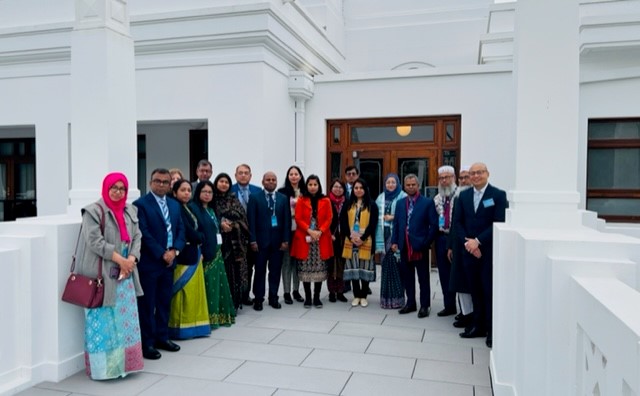Explaining Australia’s VET system to another country, whilst hosting a high-level delegation recently in Canberra and Brisbane, has been eye opening. And it has provided insights that you couldn’t get any other way.
With just about every speaker explaining VET there were two common words used – complex and complicated. At this point in time, VET in Australia is at a crossroad moving from strategies and plans put in place by the former Liberal Government, to new Labor strategies aiming for bipartisan support. But how do you go from complex and complicated to simplified and streamlined?
Firstly, taking stock of what has been in place to date through skills reform processes, for example:
Skills Reform Consultations – but who really knows what needs to be done? Whilst these processes can provide ideas and suggestions it can be difficult to consolidate an approach that outlines exactly what needs to be changed in very practical ways.
The VET Reform Roadmap Draft highlights areas such as:
- Micro-credentials with a National Framework but there is a problem
- Foundation skills
- Apprenticeships
- VET pathways for secondary school students
- Careers information
- Transparency and accountability
- New funding model
- Viable and robust system
- Increasing real investment in VET
However, this is a former Government’s map and a new national agreement and reform agenda is to yet be determined but it is emerging.
Labor’s Plan focuses on ‘Secure Australian Jobs’; Fee Free TAFE (465,000 fee-free TAFE places for Australian students studying in industries with a skills shortage); up to 20,000 extra university places over 2022 and 2023, in national priority areas like clean energy, advanced manufacturing, health and education, or where there are skills shortages; and an aim for one in ten workers on major government projects is an apprentice, trainee or cadet.
Jobs and Skills Australia will be established as a national partnership to drive VET education and strengthen workforce planning. Presumably this will include the National Skills Commission and must have a strong relationship with NCVER, capture workforce/skills demand and supply married with a national vision for the workforce. This new organisation should work with state and territory agencies, for example Jobs Queensland, who do a very good job of regional and industry workforce planning.
Increasing wages, equal pay, secure work including self-employment, leave requirements, and working with the Fair Work Act and the Fair Work Commission to focus on job security and close Australia’s gender pay gap are key outcomes.

